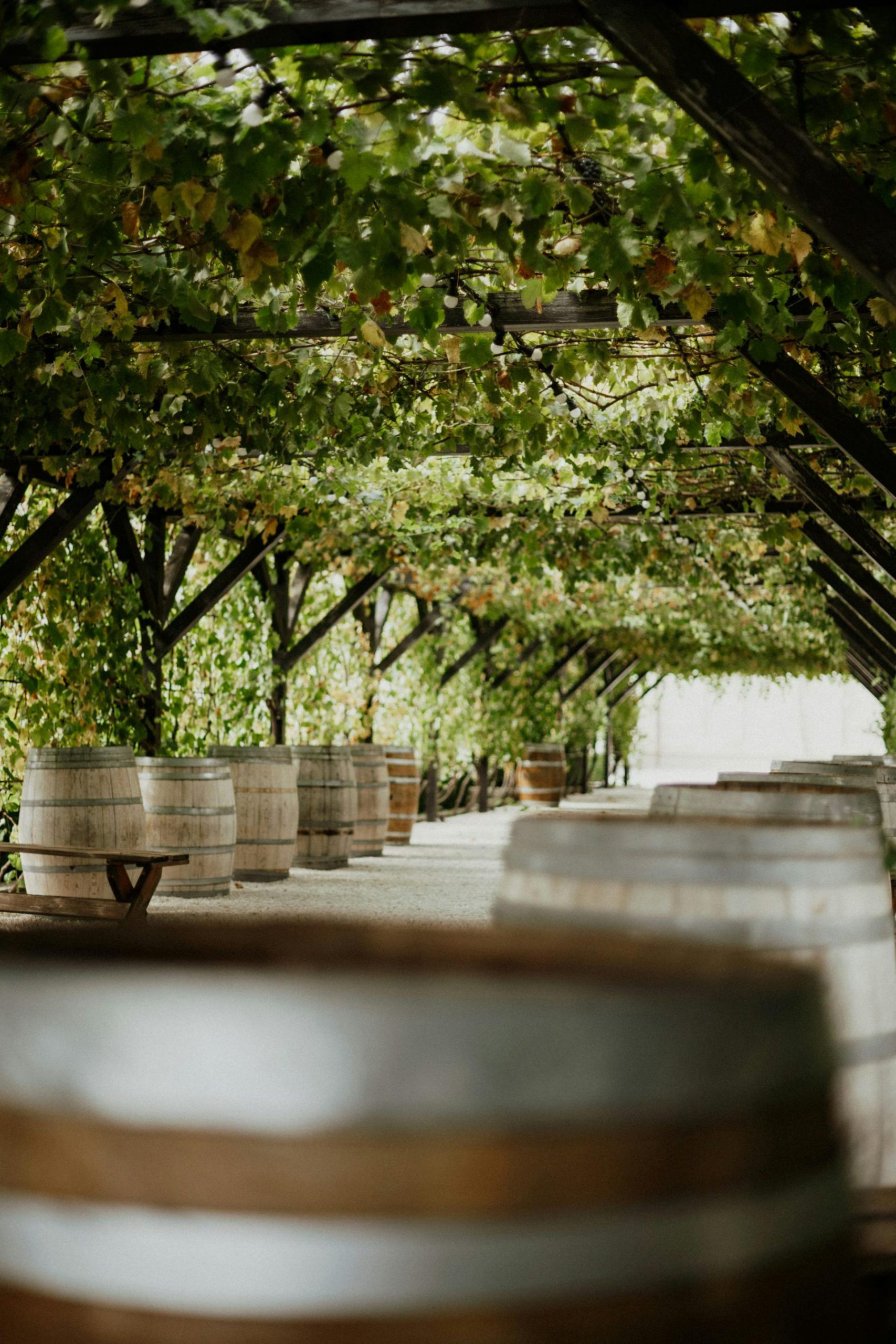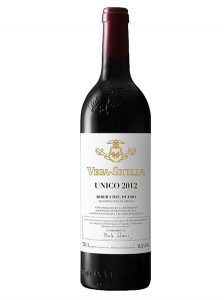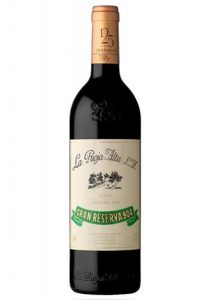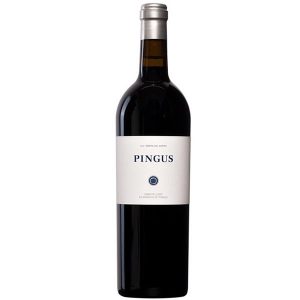
- Readers Rating
- No Rating Yet!
- Your Rating
Have You Ever Stopped to Think About Spain’s Oldest Wineries? The winemaking tradition in Spain is one of the pillars of its culture and history. This country, considered one of the world’s largest wine producers, boasts a rich heritage that dates back thousands of years. From the earliest wineries to today’s modern facilities, Spanish wine has evolved to become a global benchmark.
In this article, we will explore the history of wine in Spain, the first wineries, the most renowned ones, and some interesting facts that will surely surprise you.
Winemaking History in Spain

The history of Spain’s oldest wineries and wine production dates back more than 3,000 years when the Phoenicians introduced the vine to the Iberian Peninsula around 1100 BC. These Mediterranean traders, who founded cities such as Cádiz, brought with them their knowledge of viticulture and winemaking.
Later, the Romans expanded vine cultivation across the peninsula, establishing a winemaking infrastructure that included advanced vinification techniques. During the Roman era, Spanish wine began to be exported to other regions of the Empire, solidifying its status as a valuable commodity.
After the fall of the Roman Empire, the winemaking tradition experienced ups and downs. During the Muslim occupation, although alcohol consumption was prohibited by Islam, vine cultivation did not disappear. The Muslims allowed it to continue for the production of raisins and vinegars. With the Reconquista, wine regained its prominence, and in the Middle Ages, it became an essential product in daily life and religious practices.
In the 18th and 19th centuries, Spain experienced a boom in wine production, driven by exports and the establishment of renowned wine regions such as Rioja and Jerez. However, it also faced challenges, such as the phylloxera plague, which severely affected European vineyards.
Spain’s Oldest Wineries
Spain is home to wineries with histories dating back centuries, some of which are considered true cultural treasures:
- Bodega Codorníu (1551): Located in Sant Sadurní d’Anoia, Catalonia, Codorníu is one of Spain’s oldest wineries and a pioneer in cava production. This winery has played a key role in the history of Spanish sparkling wine.
- Bodegas Rioja Vega (1882): Situated in the La Rioja region, this winery has been instrumental in the development of the Rioja designation of origin, one of the most renowned in the world.
- González Byass (1835): Based in Jerez de la Frontera, this winery is famous for its sherry wines and its emblem, Tío Pepe, an icon of Spanish wine.
- Marqués de Riscal (1858): Founded in Elciego, in the Rioja Alavesa region, this winery blends tradition with modernity, featuring innovative architecture, including the famous building designed by Frank Gehry.
Spain’s Most Renowned Wineries
Spain is home to numerous internationally acclaimed wineries that represent the country’s winemaking excellence. Some of the most notable include:
- Vega Sicilia: Located in Ribera del Duero, it is renowned for its unique and exclusive wines, such as Vega Sicilia Único, considered one of the best wines in the world.

- Torres: Based in Catalonia, Torres is one of the largest and most respected family-owned wineries, known for its commitment to sustainability.

- La Rioja Alta: This winery is a symbol of the quality and tradition of Rioja wines, with iconic labels such as Gran Reserva 890.

- Pingus: A small winery in Ribera del Duero that produces high-end wines, highly praised by international critics.

- Bodegas Abadía Retuerta: Located in Castilla y León, it combines history and technology to produce premium wines.

Did You Know…?
- The Largest Vineyard Area: Spain has more than one million hectares of vineyards, the largest area in the world. However, it is not the top producer due to lower yields per hectare.
- The Origin of Cava: Although Champagne originates from France, Spanish Cava has established itself as a high-quality sparkling wine. Most of its production is concentrated in Catalonia.
- The Most Expensive Wine: “Pingus” from Ribera del Duero is one of the most expensive and exclusive wines in the world, with bottles that can reach thousands of euros.
- Designations of Origin: Spain has more than 70 Designations of Origin (DOs), ensuring the quality and provenance of its wines. Some of the most famous include Rioja, Ribera del Duero, Priorat, and Rías Baixas.
- The Grape Harvest Festival: In many regions of Spain, the grape harvest is celebrated with festivals filled with traditions, music, and food. One of the most famous is the Jerez Grape Harvest Festival.
- Wine and Gastronomy: Wine is an essential component of the Mediterranean diet and in Spain, it accompanies traditional dishes such as tapas, paellas, and roasts.
Winemaking in Spain is much more than an economic activity; it is a cultural expression that reflects centuries of history, effort, and passion. From ancient wineries to modern wines that conquer international markets, Spanish wine is a living legacy that deserves to be celebrated.
If you are a wine lover or simply curious about this fascinating tradition, exploring Spain’s rich winemaking heritage is an experience that will not disappoint. Visit our mentta blog if you are passionate about the world of gastronomy!
